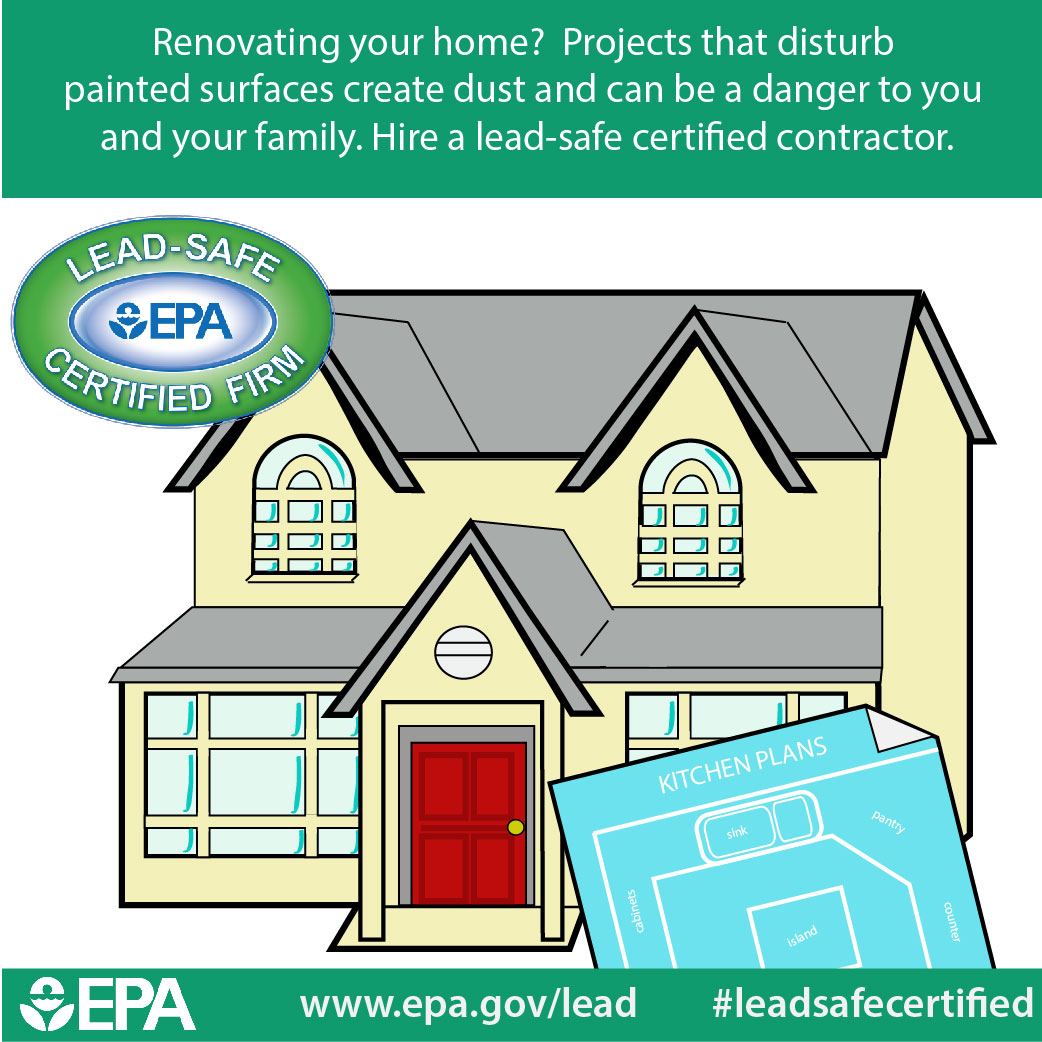Comprehending Seasonal Influences On Commercial Outside Paint: Vital Understanding For Success
Comprehending Seasonal Influences On Commercial Outside Paint: Vital Understanding For Success
Blog Article
Article Produced By-Carlson Rosendal
When you're planning an industrial exterior paint project, seasonal variables can make or break your outcomes. You'll wish to consider exactly how temperature and moisture impact paint application and drying out times. Selecting the ideal season can guarantee your paint adheres properly and lasts longer. But which seasons are truly the best for this type of work? Allow's explore the crucial elements that can influence your job's success.
The Influence of Temperature on Paint Application
When you're planning a commercial external painting task, the temperature level can substantially affect exactly how well the paint sticks and dries.
Ideally, you want to paint when temperature levels range in between 50 ° F and 85 ° F. If it's too cool, the paint might not treat effectively, resulting in concerns like peeling or splitting.
On the other side, if it's too hot, the paint can dry as well quickly, stopping appropriate bond and resulting in an irregular surface.
You need to additionally consider the time of day; morning or late afternoon offers cooler temperatures, which can be extra desirable.
Constantly examine the maker's recommendations for the certain paint you're utilizing, as they usually give advice on the excellent temperature level range for optimum outcomes.
Moisture and Its Impact on Drying Times
Temperature isn't the only environmental factor that affects your business exterior painting job; humidity plays a significant role too. High moisture degrees can decrease drying out times substantially, impacting the general quality of your paint task.
When the air is saturated with moisture, the paint takes longer to treat, which can bring about problems like bad bond and a greater danger of mildew development. If you're repainting on a specifically moist day, be planned for extended wait times in between layers.
It's essential to check regional weather conditions and plan accordingly. Preferably, aim for moisture degrees between 40% and 70% for optimum drying.
Keeping these factors in mind ensures your task stays on track and supplies a lasting finish.
Best Seasons for Commercial Outside Painting Projects
What's the most effective time of year for your commercial outside paint tasks?
Spring and very early fall are commonly your best choices. Throughout these seasons, temperatures are moderate, and moisture degrees are frequently lower, developing ideal conditions for paint application and drying.
Avoid summer season's intense heat, which can trigger paint to completely dry too swiftly, leading to bad attachment and surface. Likewise, wintertime's cool temperature levels can prevent proper drying and treating, taking the chance of the durability of your paint work.
Aim for days with temperatures between 50 ° F and 85 ° F for ideal outcomes. professional painters near me in mind to check the regional weather forecast for rainfall, as damp conditions can spoil your task.
Planning around https://patch.com/pennsylvania/newtown-pa/sunflowers-ukraine-painting-finds-home-newtown ensures your painting task runs smoothly and lasts longer.
Final thought
In conclusion, preparing your commercial exterior paint jobs around seasonal factors to consider can make a significant distinction in the result. By organizing work during the suitable temperatures and moisture degrees, you'll ensure far better bond and drying out times. Keep in mind to keep an eye on local weather prediction and pick the right time of year-- springtime and early autumn are your best bets. Taking these steps will certainly assist you attain a resilient and specialist finish that lasts.
